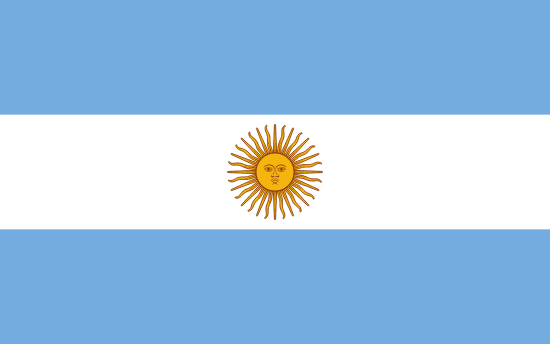Corona machine principle and structure diagram
Many people believe that the effect of corona treatment is to make the surface of the material rougher and more hydrophilic, thus facilitating the adsorption of printing inks and adhesives, although the advent of microscopy has now overturned this conclusion. What the microscope sees is that the corona treatment rearranges the molecular structure of the material surface, creating more polar positions, and in this way enhances the adhesion of the material surface.
The unit of measurement for material surface adhesion is dyne, and dyne values can be measured for all liquids and most carriers (except porous types). The simplest test is to scratch the surface of the material with a dyne pen to see if the ink is spreading or shrinking. The general surface of the material if the ink shrinks by drawing on it with a 38 Dyne pen, then the printing will definitely show a color loss.
In the actual operation process, in order to make the ink can better adhere to the surface of the substrate, the substrate's Dyne value should be 10 times higher than the Dyne of all inks. The surface energy of water-based ink is higher than the surface energy of solvent-based ink, so its substrate must also have a higher surface Dyne value.
It should be noted that no matter what material, after a period of time after the corona machine treatment, the surface energy of the material will slowly restore, most materials are 3 days time, some materials such as silica gel time will be shorter. Therefore, when printing films, gold foils, and certain papers with water-based inks, sometimes a corona machine is used to do a secondary treatment of the material, and the next process is carried out immediately after the treatment is completed. Corona treatment devices for printing (when used properly) can extend the aging period of the film after treatment.
Corona machine is divided into two main types, one is to deal with the coil, and another is to deal with the sheet, dealing with 3-dimensional objects, such as bottles, tubes are actually closer to the plasma cleaning machine. However, no matter how it is divided, its structure is divided into two major parts.
The power supply part, i.e. the corona generator. The power supply is the standard 50/60Hz ordinary power conversion to single-phase, high-frequency voltage (generally 10 ~ 30kHz), supply to the corona processing station.
Corona discharge frame. This includes electrodes of ceramic tubes or other materials, insulated treatment rollers and stands, etc. The high potential electrode discharges a high voltage charge through the air gap to the surface of the rolled material through which it passes while increasing the surface tension by adding energy only to the surface of the material at low potential.








 العربية
العربية français, langue française
français, langue française हिन्दी, हिंदी
हिन्दी, हिंदी Bahasa Indonesia
Bahasa Indonesia فارسی
فارسی Português
Português русский
русский Español
Español Afrikaans
Afrikaans